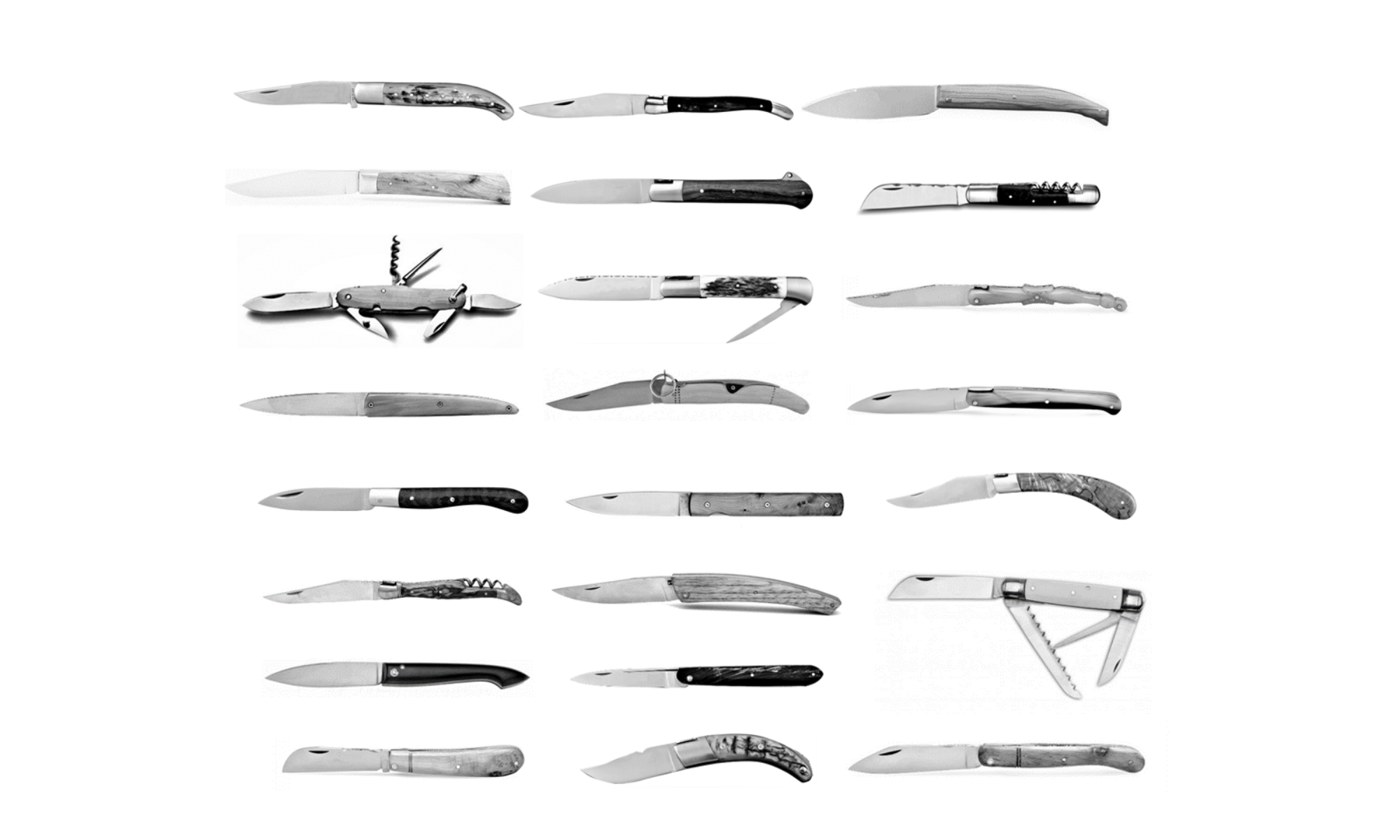
The classic Nontron knife is the oldest folding knife in France.


Nontron is the name of a village from the Dordogne region of France.

The region is naturally rich in iron ore and boxwood.
In the Roman age already, the people living there was renown for their craftmanship in iron products.

In the Fourteenth century, Nontron’s knifemaking was famous and the city was a mandatory stop for cutlers learning the art.

In the Seventeenth century, Guillaume Legrand, master cutler from Paris, settled in Nontron and started making the famous Nontron’s folding knife. He is the one who invented the ferrule, or ring lock, a few years later. As a reminder, the ring lock appeared on the Opinel knife in 1955!

In the Eighteenth century, two families, Bernard and Petit, took over the Nontron’s cutleries.
During the first World War, Nontron’s cutleries were requisitioned by the War Ministry to produce palm knives (see the article about the palm knife history). A knife remnant of that era is still produced today.


A few years after the end of the war, only the Petit cutlery was still in operation.
In 1931 Alphonse Chaperon purchased the cutlery, starting the Nontron Chaperon era, until 1986.


Today the cutlery is the property of Forges de Laguiole.

The knife is simple.
the wooden handle, traditionally in boxwood, can now be found in various woods like ebony, violet wood or some tastefully done mixes. The boxwood is really hard and sturdy and will develop a nice patina over time and turn into a nice honey yellow color.

The boxwood handles are traditionally decorated with the characteristic Nontron symbol, the “fly”, that looks like an arch, surrounded by 3 dots, and some dotted lines or stipplings.

A traditional Nontron pocket knife has 4 lines of stippling and 5 flies.

The meaning of that symbol has been lost in time and still today nourishes lots of legends: religious symbol, emblem of a guild?


The handles have, traditionally, 4 different shapes: ball, clog, fish tail and double ferrule.




Even if throughout the history various blade shapes have been seen, the “sage leaf” is the more traditional. It is now in T12 stainless (a proprietary stainless of Forges de Laguiole), but some carbon steel XC75 and Damascus steel blades are made.


The ferrule, or ring lock, is in brass on the boxwood models and nickel silver for the other types of handle.


Each step of the knife assembly is made, from beginning to end, by a single cutler: assembling the blade, pin, ferrule, handle finish, sharpening…

A real piece of history, timeless and elegant.








































